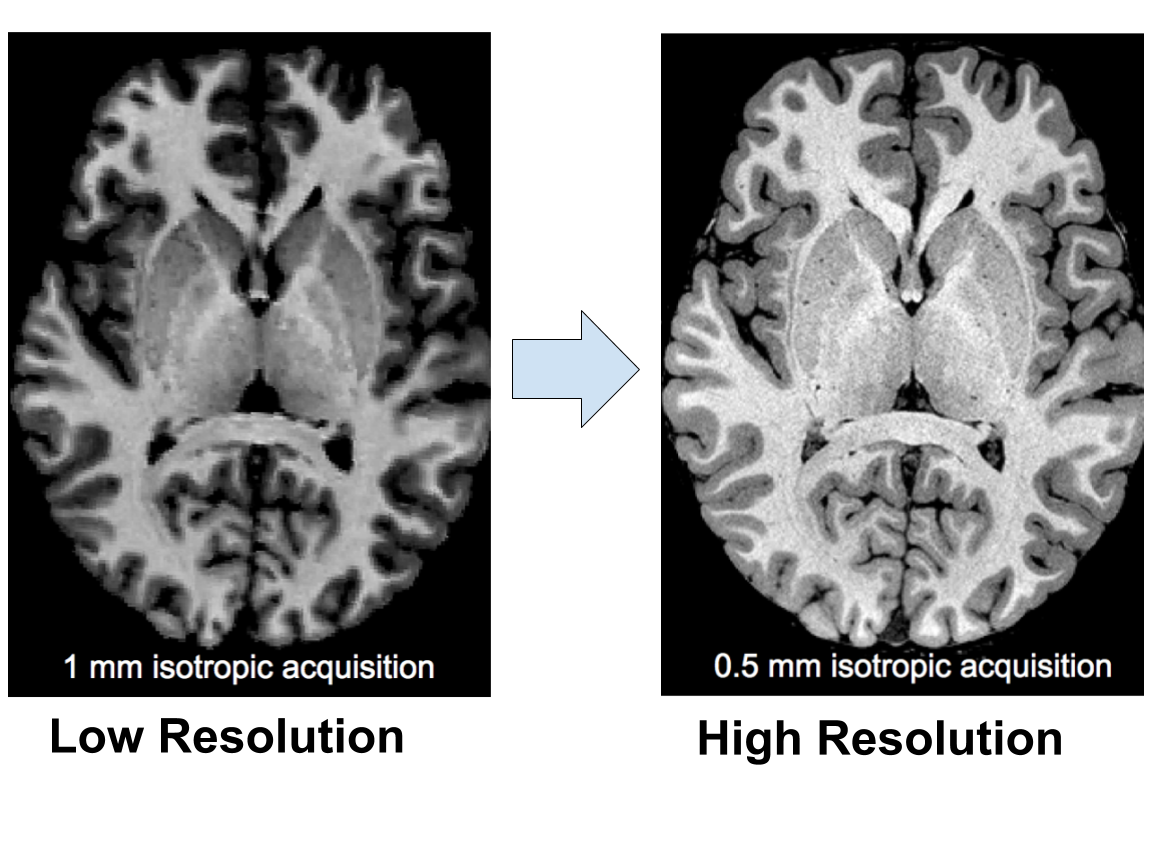Image Processing and Anatomical Modelling
Orcun Göksel (ETH), Ender Konukoglu (ETH)
The image processing work package forms the basis of patient specific anatomical information extraction that is subsequently used for the next steps in the clinical workflow namely, pre-operative planning and surgical execution.
The goal is to be able to extract valuable structural as well as anatomical information from low quality medical images that are often acquired during a clinical workflow due to resource limitations. In a first step, the aim is to increase the quality of the images from low to high and thus be able to extract more clinically relevant information. The quality increase will be achieved with sophisticated machine learning algorithms that also take the uncertainty of the transformation into account for further consideration during the workflow. The uncertainty can be considered by providing uncertainty bounds for the outputs or by sampling possible solutions from a distribution.
In a second step, we will utilize artificial intelligence to extract voxel-based anatomical information directly from the high quality radiological images of the musculoskeletal system. Supervised machine learning techniques, which have proven successful in other clinical problems, will be used to learn the automatic segmentation process of anatomical structures, making use of easily-obtainable or already-available image annotations. Additional methods to extend the segmentation to those anatomy with few ground-truth clinical annotations will also be tested. Accordingly, an approximate semantic labelling of the image field-of-view will be achieved, for the patient-specific model generation process to follow subsequently. The semantic segmentations will provide the basis for further functional models.
